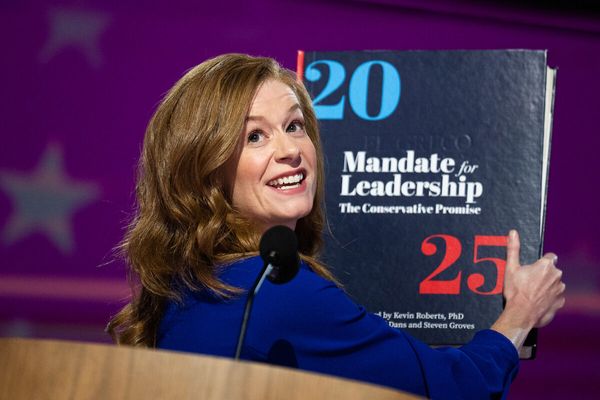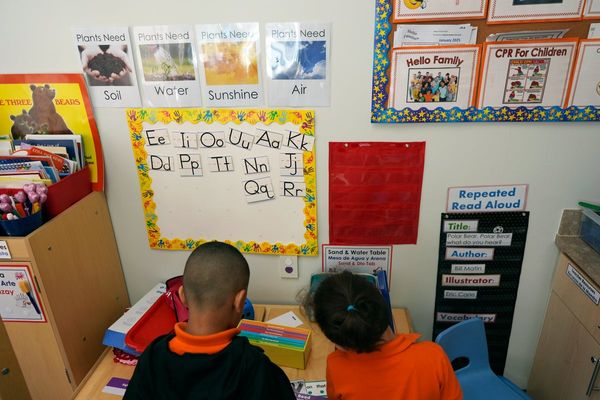
Recently I was talking with a CEO who lamented, “Everyone is trying to solve my $300 million problem, but nobody is helping me solve the $2 billion problem.” He went on to explain that no one is looking at the entirety of his people spend or for ways to help him transform across the board, even now at year-end, when budgets are being closely scrutinized in preparation for the year ahead. This is the area where he needs much greater visibility, he explained, along with a strong strategy.
This isn’t the first time I’ve had a leader share this frustration. I see and hear stories like this every day as I talk with peers, meet with clients, and look across the market. The reality is, as leaders, we’re up against the wall with new ways of doing business but the same, if not greater, pressures to deliver to the bottom line and shareholder value.
Over the past few years, companies have invested staggering amounts of money on employee experience programs—about 20% more than in previous years, according to the U.S. Bureau of Labor Statistics. They’ve restructured their working environments and changed their operations. Why? To keep employees healthy and productive—and their companies, too. It’s the right thing to do, but employees are still stressed and overwhelmed, and employers are still pressed to drive down costs and maintain a competitive edge, while navigating impactful new technologies, like generative AI.
According to Alight’s 2023 International Workforce and Wellbeing Mindset Study, three-quarters of employees are experiencing moderate to high stress and 15% often feel completely depleted, up 50% since 2020. Job engagement is down, with just over two-thirds (69%) of employees always or almost always feeling productive and 34% dreading the start of their workday. Meanwhile, the uncertain economic environment is taking its toll. To navigate the higher cost of living, more than two-thirds (67%) of employees have reduced their spending, yet 31% say they rarely or never have money left over at the end of the month. More than a third (36%) have taken a second job, primarily to ensure financial security amid the downturn. Only 27% say their total rewards meet their family’s needs, but nearly half (48%) don’t have a good understanding of the rewards available to them. The data is worrying, but there is much leaders can do.
Begin by transforming the employee experience. But this time, do it in a way that supports the need to reduce costs, while also providing the tools and resources to deliver the kind of experience that ensures people bring their whole, productive selves to work every day. Leaders can start with a core set of actionable steps:
- Make it personal by deploying an integrated digital platform that customizes the employee experience to deliver the greatest value. Utilize artificial intelligence (AI), analytics, and data to engage your people with personalized, actionable insights through their channel of choice: mobile, web, virtual chat, or easy-to-access expert support. Provide an easy-to-navigate personalized employee benefits experience. Deliver a flexible, personalized, inclusive approach to well-being.
- Adopt a holistic approach. Empower employees to make better health and financial decisions by deploying an integrated, digital employee experience platform that provides access to personal recommendations, partners/vendors, and decision support in a one-stop shop. Give equal consideration and attention to the four pillars of well-being—healthy mind, body, wallet, and life—all intricately interconnected and interdependent.
- Support your employees in a manner that is fitting for their needs. Walk the talk with your employees. How you reinforce the employee experience within your culture is—and will continue to be—critical to attracting, retaining, and engaging your people. Be prepared to step out of your comfort zone and talk one-on-one with employees to gain a better understanding of what they and their families truly need.
When companies prioritize components of the employee experience, such as well-being, good things happen. A carefully crafted well-being strategy strengthens the employee-employer relationship, increasing trust and boosting engagement. When done right, benefits increase employee trust in their employer by 19 points, according to Alight’s Winning With Wellbeing research. Employees are happier, healthier, and more appreciative of the investment their employer is making in them. But that’s not all. Companies that prioritize well-being have a competitive advantage in the marketplace.
Alight-commissioned research conducted by the Josh Bersin Company revealed that employee well-being boosts financial performance, and organizations leveraging the right employee experience strategies are twice as likely to outperform their peers financially, more than five times as likely to have lower annual health care claim costs, and do three times better at engaging and retaining employees.
The employee experience has never been more important to company performance. With an integrated digital employee experience platform that listens, learns, and adapts, employees are empowered to make confident decisions through all of life’s moments, big and small. As companies streamline their offerings, minimize their spend, and deliver to their bottom line, it’s important to remember: If your employees are healthy and productive, your company will be too.
Stephan Scholl is CEO of Alight. Alight is a partner of Fortune’s CEO Initiative.










